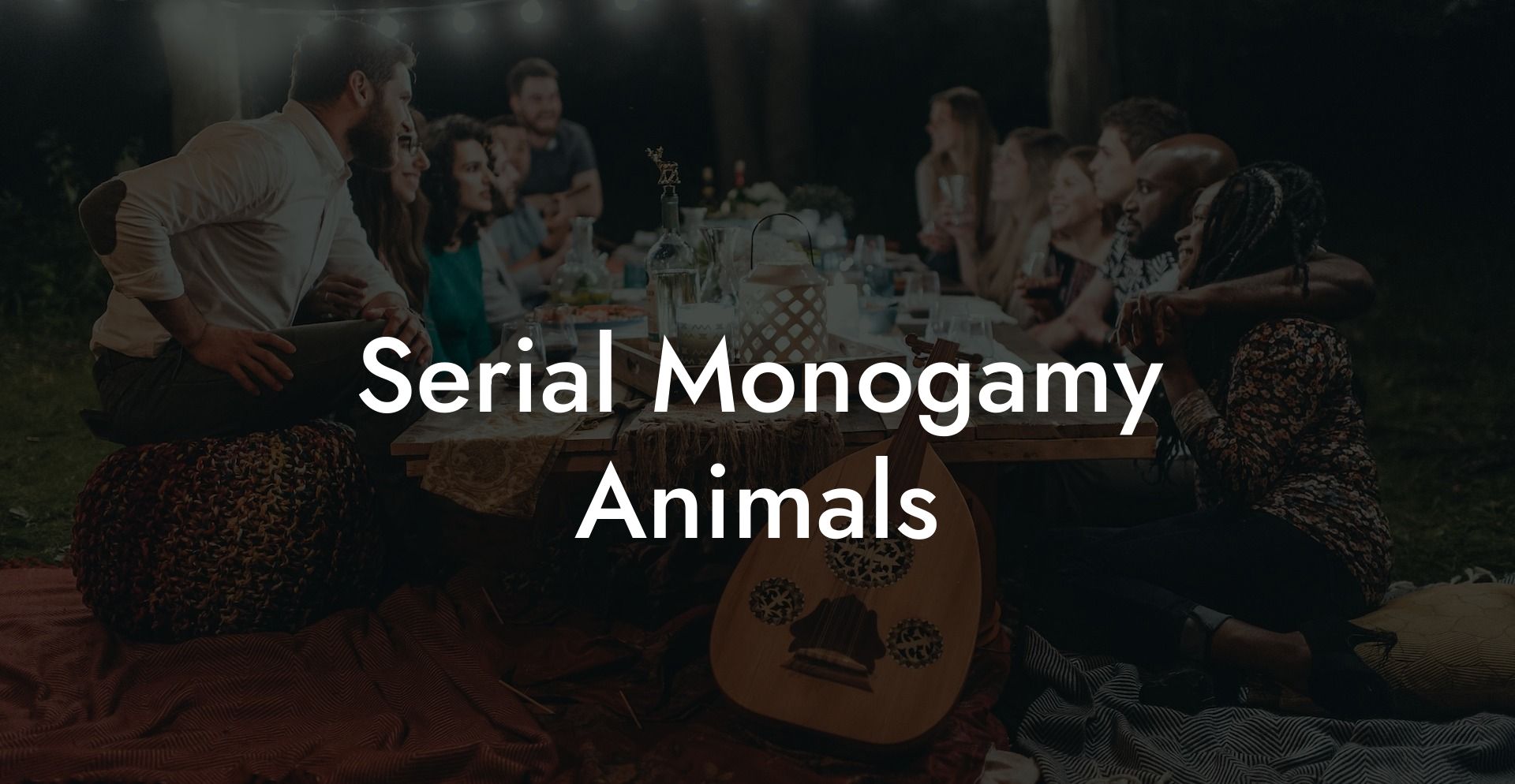In the vast and fascinating world of relationships and mating strategies, many animals exhibit unique and interesting ways of managing their relationships. One such strategy is serial monogamy, where an individual forms a series of monogamous pair bonds throughout its life. In this article, we will dive into the world of serial monogamy in the animal kingdom, exploring the whys, the hows, and the incredible array of creatures that practice this relationship strategy.
Serial Monogamy Animals Table of Contents
What is Serial Monogamy?
Serial monogamy, in simple terms, is a relationship strategy where an individual forms a monogamous bond with a partner for a certain duration, and once that bond dissolves or the partner dies, the individual moves on to form another monogamous bond with a new mate. This pattern can repeat multiple times throughout an animal's life.
Advantages of Serial Monogamy
There are several reasons that animals might choose serial monogamy as a relationship strategy. Here are some of the main ones:
- Reduced competition for mates: By forming a lasting bond with one partner, animals can avoid the time and energy-intensive process of competing with rivals for a new mate every breeding season.
- Increased parental care: In species where both parents contribute to raising offspring, serial monogamy can encourage both parents to invest more heavily in their shared offspring's survival.
- Better offspring quality: Serial monogamy can result in a higher quality of offspring, as a result of the strong parental investments and increased likelihood that both parents will be strong and healthy to start with.
Examples of Serial Monogamy Animals
There is a wide range of animals that practice serial monogamy, across both terrestrial and aquatic environments, as well as within mammal, bird, and even insect species. Here are some examples:
California Mouse (Peromyscus californicus)
The California mouse is a small rodent species that is native to the western United States and is known for both forming long-lasting pair bonds and having high levels of paternal care. This combination makes it an excellent example of a serially monogamous species.
Black Vultures (Coragyps atratus)
Black vultures are large birds of prey that form monogamous pair bonds which can last multiple breeding seasons. These pair bonds may only dissolve upon a partner's death, at which point the surviving individual will search for a new mate.
Waved Albatross (Phoebastria irrorata)
The waved albatross, a large seabird found on the Galápagos Islands, is another serially monogamous animal. These birds will often maintain a monogamous bond with their partner for multiple breeding seasons, only dissolving their pair bond if their partner fails to return to the nesting site at the beginning of a new breeding season.
Serial Monogamy Animals Example:
To better understand how serial monogamy works in the animal kingdom, let's look more closely at the waved albatross. When these birds reach sexual maturity, they return to the Galápagos Islands to find a mate. Once a suitable partner is found, they join together in an elaborate courtship dance which helps to synchronize their breeding efforts and establish a strong pair bond. This bond will last throughout the breeding season, with both parents contributing to the care and protection of their offspring.
At the end of the breeding season, the waved albatrosses leave their breeding grounds and embark on a long migration across the open ocean. When the next breeding season arrives, the birds return to the Galápagos Islands, and the mated pairs reunite to breed again. If a partner doesn't return, the surviving albatross will seek out a new mate and form a new pair bond.
The fascinating world of serial monogamy in the animal kingdom shows us that there are as many diverse and intricate strategies for forming and maintaining relationships as there are species in the world. By understanding the natural complexities of the animal world, we can learn not only about the amazing creatures that share our planet but also gain insight into the many intricate relationship dynamics that humans face as well. If you found this article interesting, please share it with your friends and explore our other guides on The Monogamy Experiment to learn more about the incredible world of relationships and mating strategies.













